Style Icons... That Were Never Styled
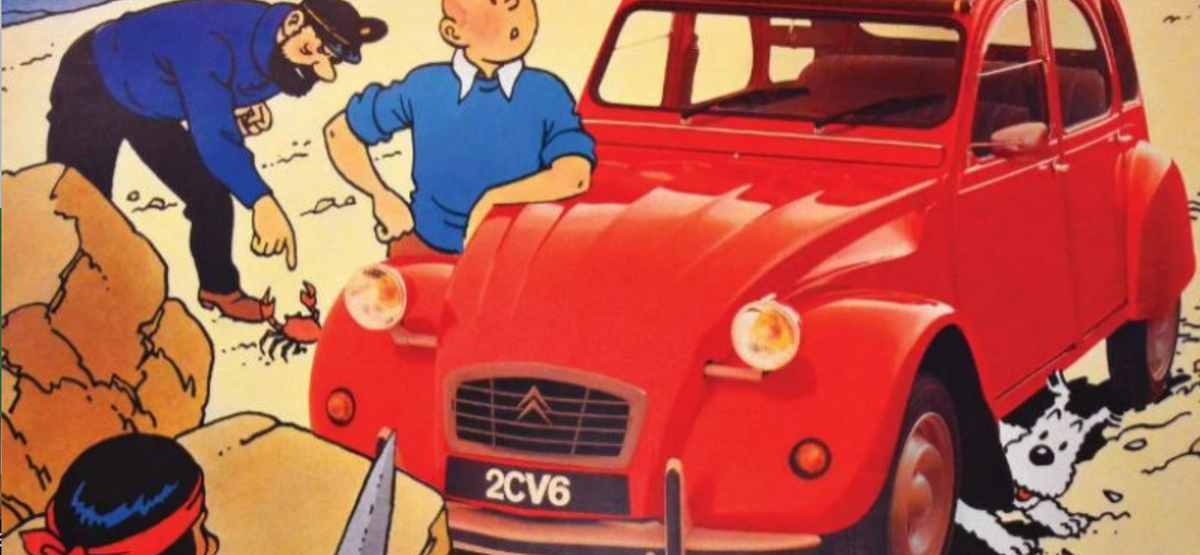
I am preparing a Citroen 2CV for sale. It is a car that has represented France in every form of popular culture, but was never sold in any quantity in North America. They are quite rare over here and I have never got a chance to drive or examine one in close detail. The car is ingenious in many of its design details, particularly the suspension which gives ride comfort that is superior to any Rolls Royce. Part of the design brief was to create a car that could safely carry a basket of eggs over an unplowed farmers field. Styling was not at the top of the list: the prototype had a distinct resemblance to a tin snail. The original had a 9hp 375cc air cooled engine. Fancier versions followed with two headlights, and up to 29hp.

We recently restored an early Land Rover that while being extremely utilitarian, somehow manages to not be unattractive, despite the body being constructed of flat pieces of aluminium. Created to as a stopgap measure to get the Rover car company's production line moving, it was designed to be a mobile power source for ranchers and farmers. It had the capability to run various accessories and farm implements off of its front, centre and rear power take offs. It was used as an expedition vehicle and was the first motorized vehicle that was seen by most of the developing world. It quickly found military uses and became a powerful symbol of British resolve. Winston Churchill and The Queen of England were often seen in one.
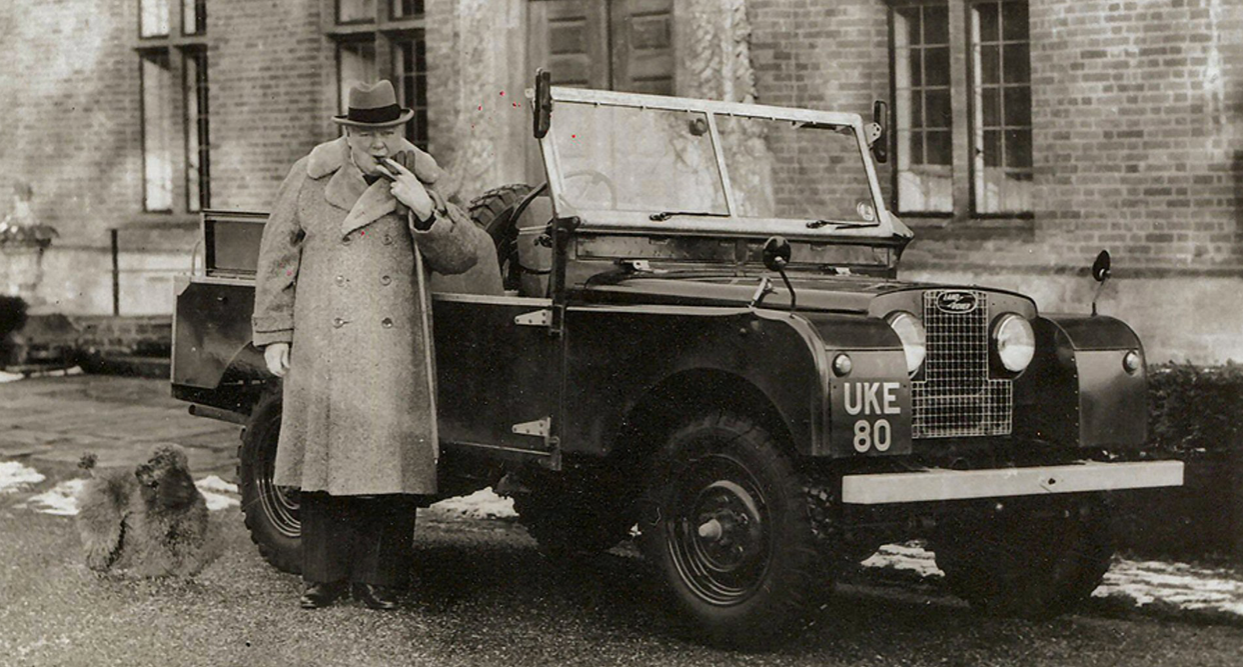
My years with Porsche peaked my interest in Ferdinand Porsche Sr., whose designs don't get that much attention relative to his son Ferry's, as they were tendered by belligerent Governments. The Volkswagen Beetle is the most well known. The 'KDF' design brief went to Porsche Sr. to create a vehicle that could carry 4 people at 100km/hr using less than 7L/100km of fuel. VW produced 21M of them from 1945. A later version of the Beetle finally went out of production 81 years after the first prototype was produced.
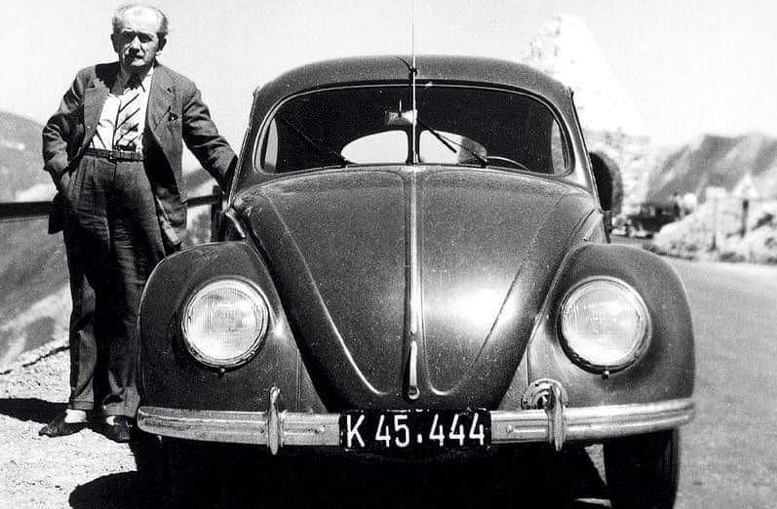
We sold a 1917 Ford Model T recently. We had to send it through an Out Of Province Inspection to register the car in Alberta. There is a form that needs to be filled out listing the operation of all the vehicles components: Wipers, hazard lights, seat belts etc. I've never seen so many 'NAs' on a single form! I couldn't even fill in the mileage as the car has no speedometer or odometer... We had to restore the fuel tank. It was held in by 4 bolts. Dale had the tank out in about as much time as it would take to fill it full of gas. The same operation took about a week with the Spyker that needed the same operation.
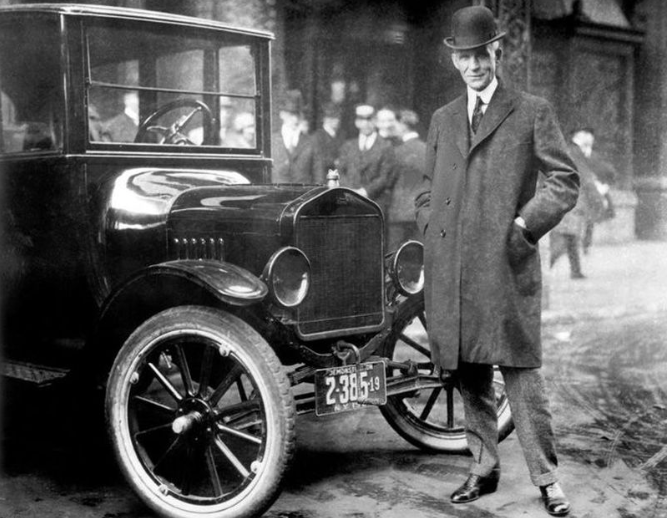
How are these very different vehicles related? All are basic transportation that were made in the millions with the aim of mobilizing large numbers of people. Ford was ahead of the Europeans in figuring out the production/cost equation that would allow mass adoption. The Model T started production in 1909 at a price of $825, but Ford's relentless drive toward production efficiency had allowed him to drop the cost to $260 by 1925. By the end of production, he had produced 15M of them. [there are more than a few similarities between Ford and Musk that may be the subject of a future column].
Hitler looked at America's per capita vehicle ownership which was about one vehicle per every two households in the 1930's - many times what it was in Germany - despite Germans inventing the automobile. Mobilizing the German population was his principal motivation in creating the 'KDF' Wagen and the Autobahn.
The Europeans took Henry Ford's ideas of mobility for the masses and applied them to their own unique roads and cultures. The results were very different vehicles that sold in far greater numbers and for far longer than any of the creators could have imagined. These cars, along with the English Mini and Italian Fiat 500, came to symbolize their respective nations and develop cult followings more than 50 years later.
What is interesting is that none of them were 'styled' in the conventional sense. The body panels were shaped to cover the mechanical bits, with the materials that were the most abundant at the time. The Rover had an aluminium body because steel was in very short supply. The Citroen's corrugated bonnet was there to strengthen the thin sheet metal and the open top was designed to allow the transport of large items. The Beetle's shape was heavily influenced by the aerodynamic studies done by Hans Ledwinka from Tatra. No one was trying to make these cars 'pretty', and they were not sold on image or style.
75 years ago these cars were tools to do a the job of providing transportation. Today they are style icons. Their design elements are being copied on modern cars, even though the production problems that dictated them are not there any more.

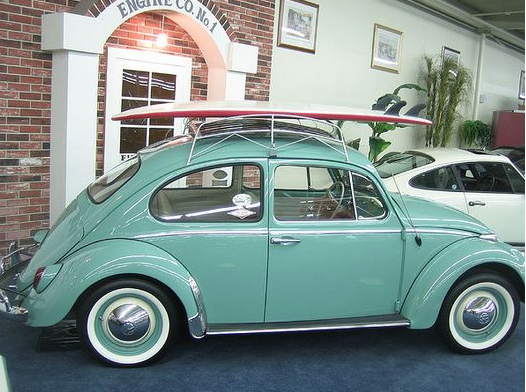

So what is it the resonates so strongly today about these vehicles? I suppose it is different for everybody, but I can't be the only one to see youth, love and adventure in the above photographs. None of these cars are classically beautiful, but they bring out emotions because of the things that they represent, and the things you could do with them. Even if the likelihood that you will actually do any of these things is remote, the possibility exists, and that is enough for me! That certainly makes them worthy of preservation!
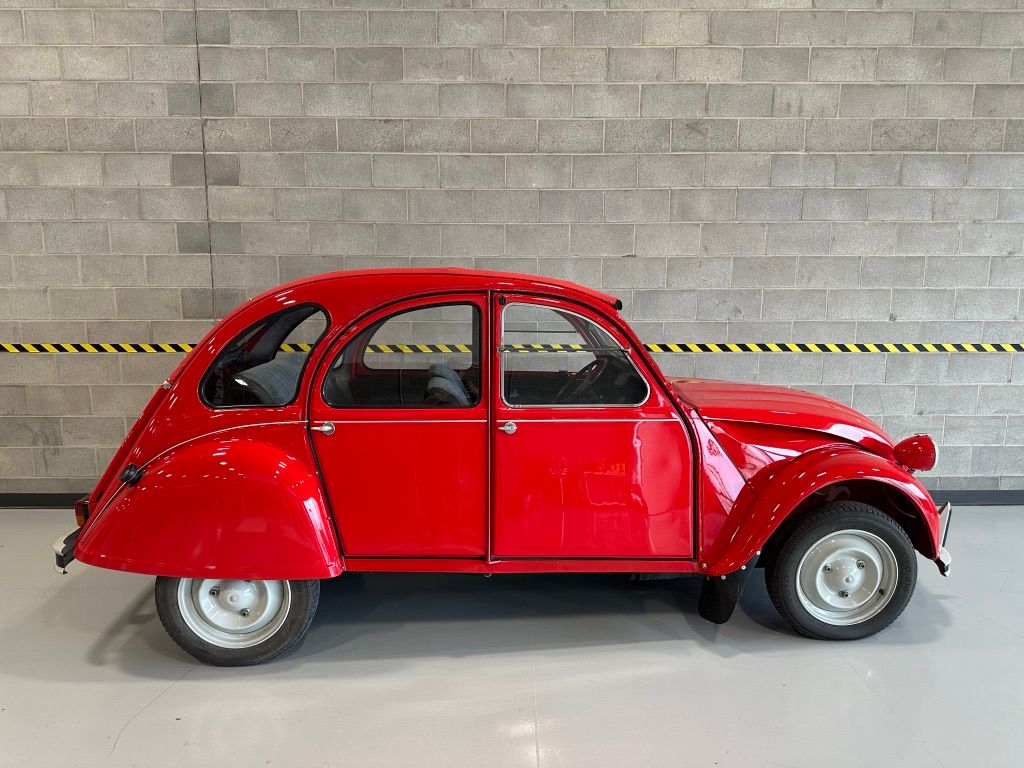
Lawrence Romanosky is a 'Car Guy' who is running a specialty car brokerage, service and restoration business in Calgary Canada. He loves French cars and desperately wants a Citroen DS21!
403-607-8625 Lromanosky@me.com

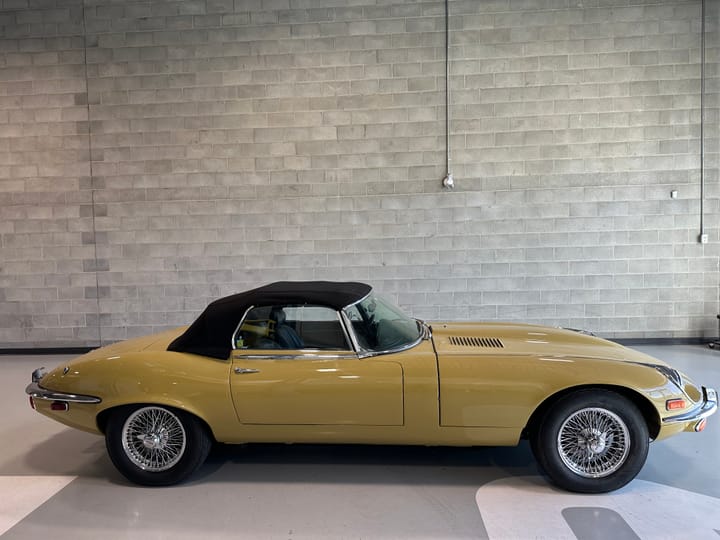
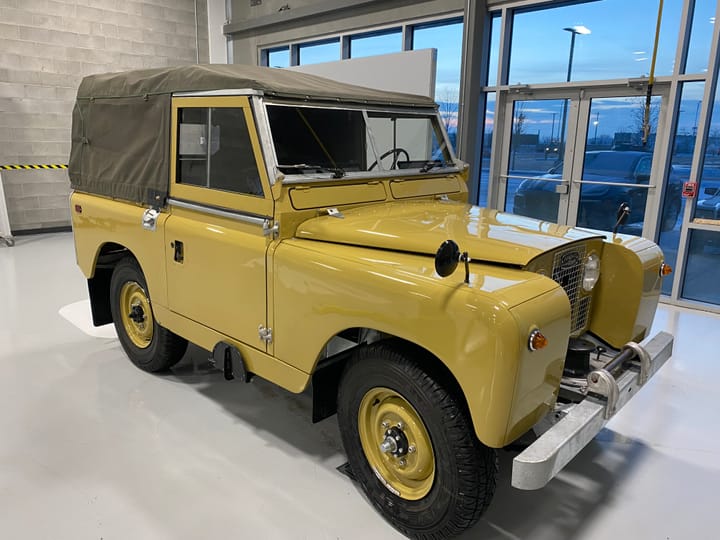
Comments ()